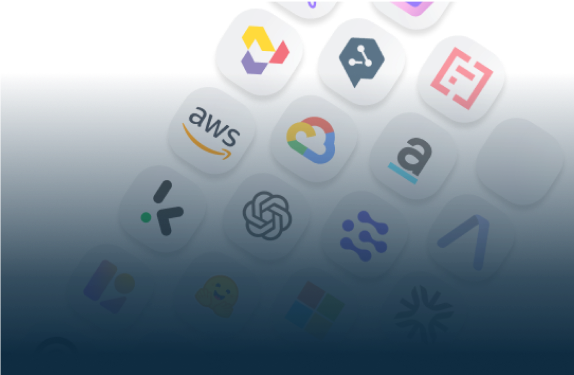
Start Your AI Journey Today
- Access 100+ AI APIs in a single platform.
- Compare and deploy AI models effortlessly.
- Pay-as-you-go with no upfront fees.
Integrating several AI APIs - from OpenAI to Anthropic or Google - can quickly become a maintenance nightmare. Each provider has its own format, authentication, and pricing. This article explains how to centralize and manage all your LLM and AI APIs efficiently in one place.

As AI adoption accelerates, companies often rely on multiple AI or LLM providers to get the best performance across use cases. One model might excel at text summarization, another at OCR, and another at translation.
But managing several APIs means juggling different endpoints, response formats, rate limits, authentication methods, and pricing models. Without the right setup, this quickly becomes chaotic.
Instead of building dozens of integrations manually, a unified API platform allows you to:
Managing multiple APIs doesn’t need to be painful.
With Eden AI, you can:
In short: one API, all providers, zero complexity.
As your AI stack grows, managing multiple APIs manually becomes unsustainable. By unifying everything into a single platform, you reduce complexity, cut costs, and stay flexible as new models emerge.
Platforms like Eden AI give you the control and visibility you need. Letting you focus on building products, not maintaining integrations.


You can start building right away. If you have any questions, feel free to chat with us!
Get startedContact sales
